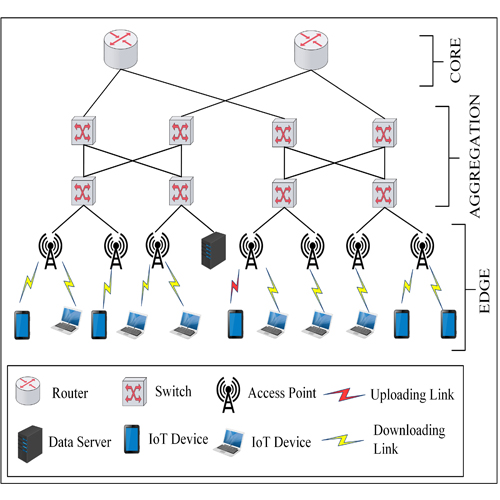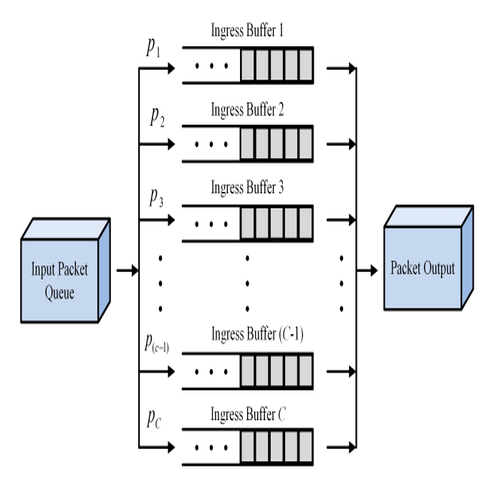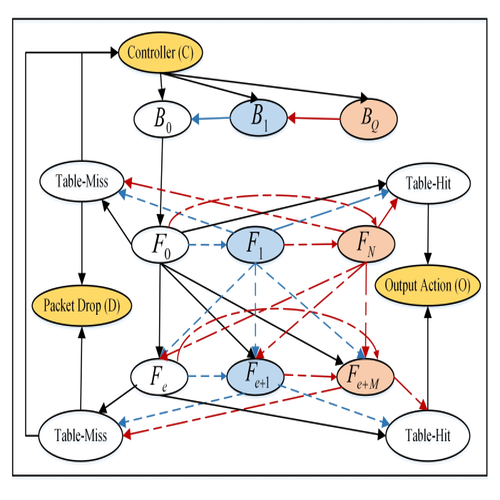Software-Defined Data Center Networks for IoT
Data Center Networks (DCNs) are formed by interconnecting different data centers, which are capable of generating huge amount of data with storage facilities. With the advancement of IoT technologies, different devices are capable of generating and processing huge volume of data and introduce challenges such as — hetergenous network configuration, dynamic application requirements, and mobility of the IoT devices. On the other hand, software-defined networking (SDN) is a promising approach to control the network in a unified manner using rule-based management. The abstractions provided by SDN enable holistic control of the network using high-level policies, without being concerned about low-level configuration. Hence, Software-Defined DCN is envisioned to address the heterogeneity and application-specific requirements of IoT in the context of DCN.
We study the impact on DCNs in the presence of IoT devices from different perspectives such as broadcasting and multicasting while ensuring high network throughput and low network delay. Additionally, we analyze the performance bounds of software-defined DCNs for IoT environments.



